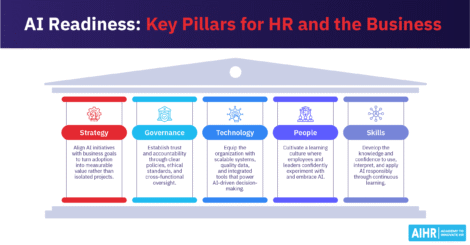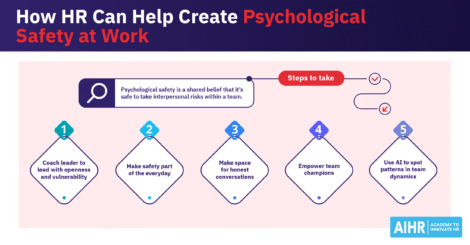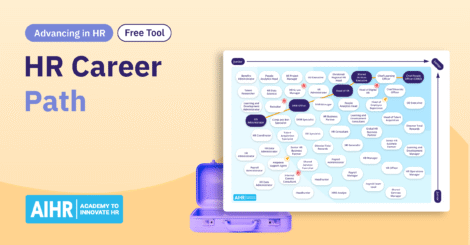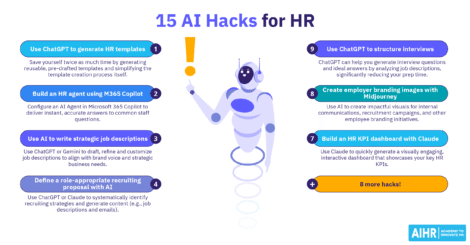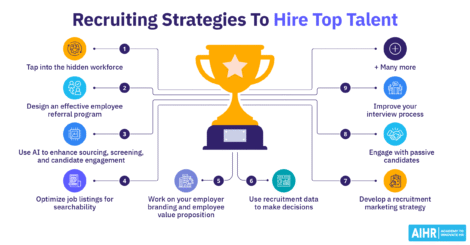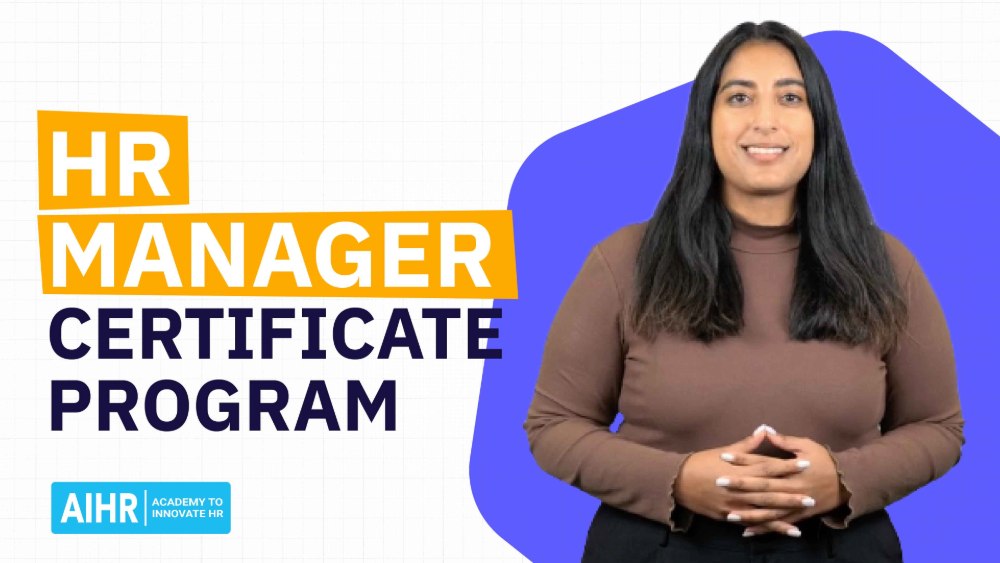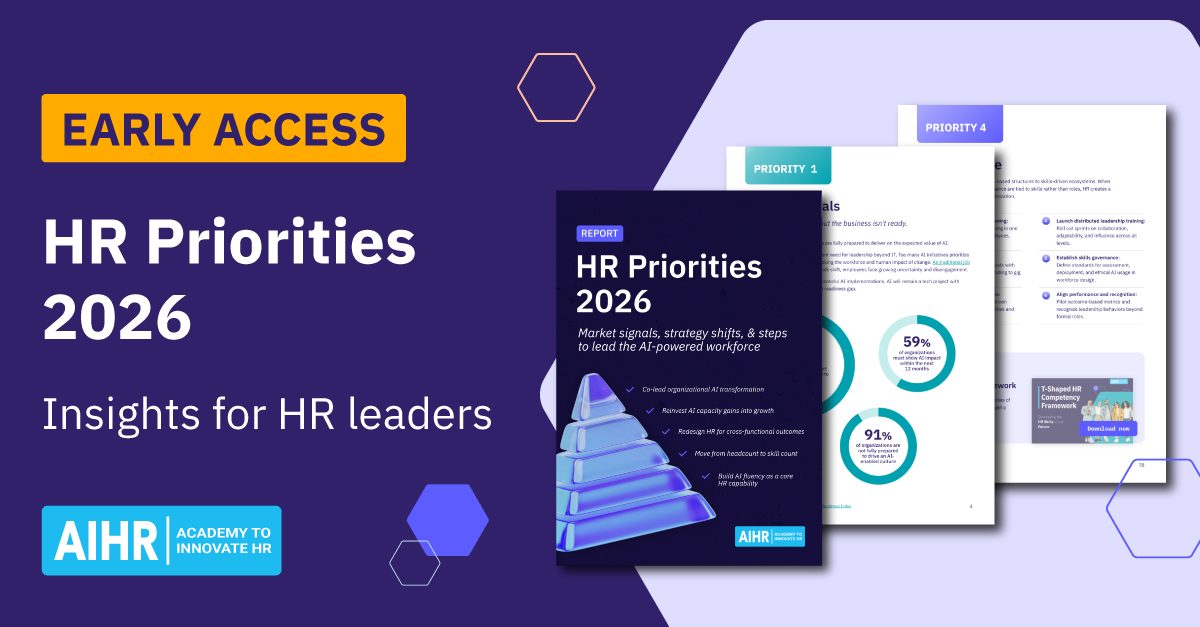The question of what makes HR professionals successful garners a variety of answers. Many professionals instinctively point to tools, frameworks, or strategy playbooks when asked what drives real influence in HR leadership roles. Yet, if you spend time with the most impactful Chief Human Resources Officers (CHROs) who consistently elevate organizations, you’ll discover that their success is rarely defined by formal structures alone.
What really sets them apart is something less obvious but far more powerful – their ability to navigate complex dynamics through an instinctive understanding of how power works within the organization, relationships, and influence. Though often absent from formal HR competency frameworks, these capabilities are the true differentiators between those who manage HR and those who lead it strategically.
In this article, we explore the dynamics of power, relationships, and influence as critical success factors for the modern HR leader.
Contents
HR leadership skills of the future
How HR leaders build influence
Taking the first steps
HR leadership skills of the future
The evolution of the HR function is well documented. What began as a focus on welfare and personnel administration has matured into a business-critical discipline that enables performance, mitigates risk, and shapes the culture that sustains organizational success.
Yet, despite this transformation, outdated perceptions persist. HR is still too often seen as a support function rather than a strategic force. This creates a persistent paradox: HR is expected to lead bold, enterprise-wide change, but it’s frequently excluded from decision-making until it’s too late.
Nowhere is this tension more evident than in the Chief Human Resources Officer role. The modern CHRO operates far beyond the boundaries of the HR department. They are tasked with the most pressing enterprise challenges: workforce transformation, digital and AI integration, cultural renewal, and ethical, sustainable leadership.
However, with this expanded mandate comes a subtle trap many HR leaders fall into. To be taken seriously at the executive table, some attempt to mirror the behaviors of traditional business executives, like over-indexing on metrics, financial language, or transactional influence.
Yet mimicking isn’t mastery. The CHRO role doesn’t demand imitation of other leaders; it needs a distinct leadership posture rooted in navigating complexity through relationships. This requires a dual capacity: to think strategically and systemically, while also leading through ambiguity, resistance, and emotion. In this context, power, relationships, and influence are not “soft” skills but strategic enablers.
Research confirms this. Zenger-Folkman’s analysis found that leaders who combine results orientation with strong interpersonal skills are 82% more likely to be rated as top-tier performers, compared to less than 10% for those strong in only one area.
Trust plays a similarly decisive role: employees working under high-trust leaders are 76% more engaged, 50% more productive, and experience 74% less stress. And in psychologically safe teams, organizations see a 50% rise in productivity and a 27% reduction in turnover.
For CHROs to succeed in today’s landscape, they must learn to lead with strategic acumen and relational intelligence. Influence, trust, and credibility aren’t accessories to leadership. They are foundational components for CHROs to establish their power and influence in the business.
Influential HR doesn’t just happen – it’s built through consistent actions, credible voices, and a deep understanding of the business. When your team can shape conversations and steer decisions, HR becomes a true leadership force.
With AIHR for Business, your team will:
✅ Strengthen credibility through data, business alignment, and clear communication
✅ Influence decisions by connecting people strategy to business outcomes
✅ Build trust with leaders, managers, and employees alike
🎯 Invest in the skills that turn HR into a trusted, strategic function.
How HR leaders build influence
1. Leveraging power
For many HR professionals, “power” feels misaligned with the values of care, trust, and service that define the function. However, reframing power as a tool for strategic enablement rather than control opens the door to a more effective, purpose-driven form of leadership. Power, when used well, is a critical asset for HR leaders. Leaders who leverage expert and relational power are more effective at driving change.
Today’s HR leaders draw on three core sources of power:
- Expert power is grounded in deep functional knowledge – organizational design, labor relations, compensation strategy, or workforce planning. This expertise gives HR the authority to shape decisions directly impacting business outcomes.
- Informational power stems from HR’s privileged access to critical data, such as engagement scores, attrition trends, diversity metrics, and skills gaps. When HR translates this information into actionable insights, it becomes an indispensable advisor to the business.
- Resource power involves the ability to influence budgets, technology investments, and talent allocations. This form of power allows HR to shape where and how the organization builds its future capabilities.
Used ethically and intentionally, these forms of power allow HR to move beyond operational support and become a valid driver of enterprise value.

2. Building strategic relationships
The ability to build and sustain relationships across multiple layers of the organization enables HR to deliver real, lasting impact. Without trust, even the best-designed programs fail to gain traction, and HR leaders can’t sense what’s happening on the ground without access.
Strategic HR leaders recognize the value of cultivating strong relationships in four key areas. HR earns a seat at the table with:
- Senior leadership and the board can bring credible, business-aligned solutions
- Managers and team leaders, who are critical partners in executing the people strategy and translating vision into practice
- Employees, whose feedback, sentiment, and engagement form the bedrock of culture and performance
- Cross-functional peers, including Finance, Operations, Legal, and IT, ensure that HR initiatives are integrated and scalable.
These relationships are not built overnight. They require ongoing investment, consistent communication, and a willingness to be a strategic partner rather than just a service provider.
A relationship-driven leader is someone who’s acutely tuned into the fact that human dynamics directly influence outcomes.

3. Achieving real influence
Power gives you momentum, relationships give you access, and influence is the result.
Influence is the art of shaping decisions, shifting mindsets, and securing alignment, often without formal control. In HR, this might involve persuading business leaders to adopt a new performance philosophy, championing inclusion initiatives, or shaping organizational culture during disruption. While power determines what you can do, influence gets things done, especially in environments where direct authority is limited or distributed across functions.
The most effective HR leaders use influence deliberately. They:
- Build credibility by consistently delivering high-quality work, showing integrity, and aligning HR initiatives with business needs
- Demonstrate empathy and active listening to understand stakeholder concerns and tailor their messaging accordingly
- Use strategic framing to present HR solutions as business enablers rather than departmental programs
- Engage in reciprocity, offering support and insight proactively to foster goodwill and collaboration
- Invest in coalition-building, assembling cross-functional allies to amplify and advocate for people strategies.
Influence is one of the most powerful tools in a leader’s toolkit, and increasingly, one of the most essential. Leaders who know how to frame ideas, inspire others, and build trust are far more effective at securing commitment than those who rely on authority alone. The ability to connect with people, read the room, and adjust your approach turns direction into alignment and strategy into action.
In today’s networked organizations, influence isn’t about hierarchy but relationships. Some of the most impactful leaders don’t hold the highest titles, but they do have trust, credibility, and access across teams. They broker ideas, mobilize others, and navigate complexity through connection. As the pace of change accelerates, leadership will depend less on position and more on the ability to influence across boundaries.
What stops HR from going strategic? 4 barriers that influence in HR can break
Even with the right capabilities, many HR leaders encounter invisible barriers that prevent them from fully stepping into their strategic role. These obstacles aren’t due to a lack of expertise or intent. They often stem from unspoken dynamics around power, relational capital, and influence. In a world where authority doesn’t always equal impact, HR leaders must learn to lead through networks, not just titles, and influence becomes a strategic lever. It’s how culture is shaped, how difficult changes are implemented, and how HR earns its seat at the table, not just once, but consistently.
Here are four barriers that commonly constrain HR leaders and how to overcome them:
Executive politics
Executive leadership is inherently political. HR leaders must navigate influence networks, competing agendas, and behind-the-scenes dynamics. Yet many find themselves underprepared for this dimension of leadership, assuming that formal authority or best intentions are enough.
What helps? Learn to map the influence landscape. Identify who holds formal and informal power, pre-wire decisions by engaging stakeholders early, and build informal coalitions long before a formal initiative is launched.
We discussed building influence in HR with Dr. Karen Bridbord, Chief Talent Officer & licensed psychologist. Watch the full conversation below:
Lack of institutional legitimacy
Holding a CHRO title does not automatically grant strategic influence. In many organizations, HR is still excluded from early-stage conversations or is only informed after key decisions have already been made. This limits HR’s ability to shape, not just support, strategic direction.
What helps? Clarify your mandate with the CEO and align it with what HR is accountable for. Build high-trust relationships across the C-suite, positioning yourself as a peer, not just a function head.
Leadership isolation
Paradoxically, the leader responsible for organizational support often has the least support themselves. The loneliness of the CHRO role is fundamental and frequently overlooked. Without a sounding board or support system, influence becomes harder to sustain.
What helps? Invest in peer networks, seek mentorship outside the organization, and prioritize emotional resilience through self-reflection, boundaries, and intentional self-care. Influence is sustained through energy, not just insight.
Legacy narratives
Internally promoted HR leaders often face outdated perceptions that limit their authority. Stakeholders may still see them through the lens of their previous role, making it difficult to reposition themselves as strategic leaders.
What helps? Recontract expectations through new working agreements. Use your influence to elevate the nature of the relationship, shifting from service delivery to shared ownership of people and culture outcomes.
There’s the formal organization, but then there’s the way things really work. There are these influence networks that happen within organizations that don’t have as much to do with position and role per se as they do with many other variables, for example, how long the person has been in the organization and their connection to other influencers in the organization.

Taking the first steps
Power, relationships, and influence aren’t abstract concepts but tangible levers HR leaders can assess and develop. To begin, start with a simple self-audit by reflecting on the following questions:
1. Power: What sources of power do I currently hold?
- Expert power: Do others seek out my functional insight?
- Informational power: Am I using people data to drive decisions?
- Resource power: Do I influence where talent, budget, or technology investments are made?
2. Relationships: Where is my relational capital strongest, and weakest?
- Do I have trusted relationships with key decision-makers?
- Can I call on informal allies to move a strategy forward?
- Where do I need to invest more time to build credibility or trust?
3. Influence: How effectively do I shape decisions?
- Are my ideas adopted or merely heard?
- Do I frame messages in ways that resonate with business priorities?
- Can I secure buy-in across functions, even without formal authority?
Once you’ve evaluated these dimensions, identify one high-impact area to improve over the next 90 days. This might mean scheduling recurring check-ins with business leaders, joining a cross-functional project, or more proactively sharing strategic insights from people data.










